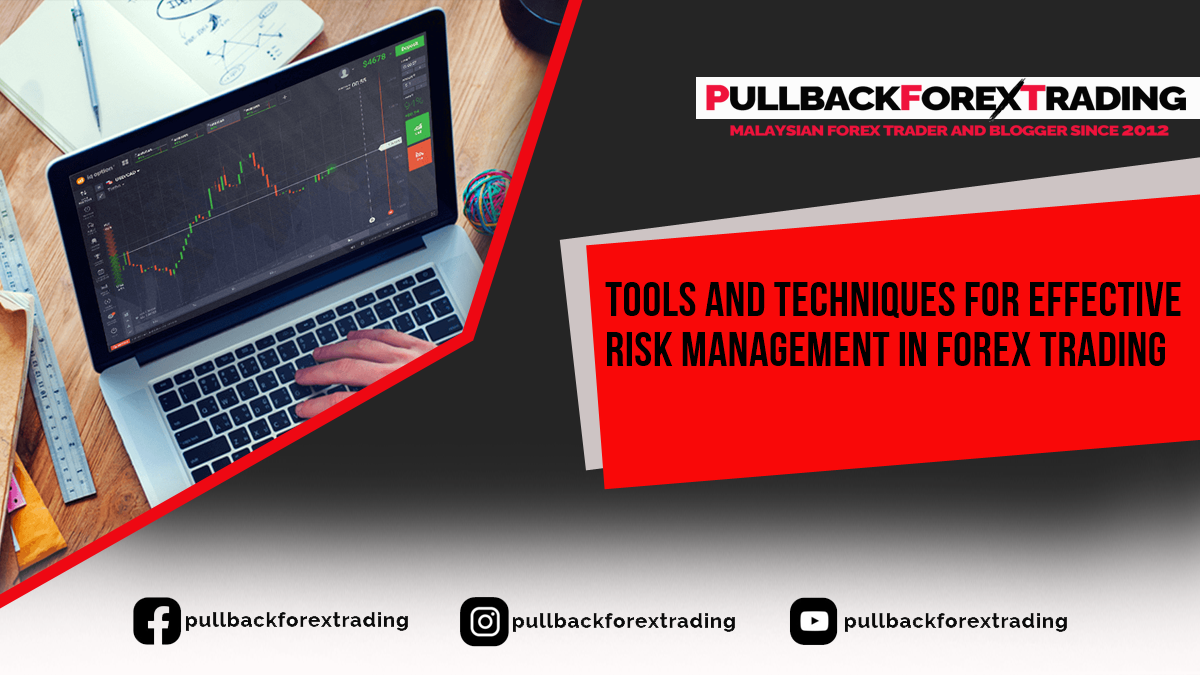
TOOLS AND TECHNIQUES FOR EFFECTIVE RISK MANAGEMENT IN FOREX TRADING
Stop-Loss Orders: What They Are, How to Set Them, and Their Importance
A stop-loss order is a fundamental risk management tool in forex trading. It is an order placed with a broker to buy or sell once the stock reaches a certain price. This tool helps traders limit their losses on an unfavorable trade by exiting the position automatically when the price moves against them.
Key Points:
- Definition: A stop-loss order triggers the sale of a security when it reaches a specified price, thereby preventing further losses.
- Setting Stop-Loss Levels: The stop-loss level should be determined based on your trading strategy and risk tolerance. Common methods include setting it at a certain percentage below the purchase price or at a level of support/resistance.
- Importance: Using stop-loss orders protects your capital and ensures that you do not incur devastating losses. It also helps to remove emotional decision-making from the trading process.
Take-Profit Orders: How to Use Take-Profit Levels to Secure Profits
A take-profit order is another essential tool in forex trading. It allows traders to lock in profits by automatically closing a position once it reaches a predetermined profit level.
Key Points:
- Definition: A take-profit order is set to close a position when the price reaches a specific level of profit.
- Setting Take-Profit Levels: The take-profit level should be based on your trading plan and the risk/reward ratio you are targeting. Analyze historical price movements and technical indicators to identify appropriate profit-taking points.
- Importance: Take-profit orders help secure gains without the need for constant monitoring. They ensure that profits are realized before the market can reverse.
Trailing Stops: How Trailing Stops Work and When to Use Them
Trailing stops are dynamic stop-loss orders that move with the price of the asset. This tool helps traders protect their profits while allowing their position to continue gaining value.
Key Points:
- Definition: A trailing stop order adjusts the stop-loss level as the price moves in the trader’s favor, maintaining a set distance from the current price.
- Setting Trailing Stops: Determine the trailing stop distance based on market volatility and your risk tolerance. The trailing stop should be neither too tight (to avoid premature exits) nor too wide (to ensure adequate protection).
- Importance: Trailing stops maximize profits by keeping the trade open as long as the price moves favorably, while still providing protection against sudden reversals.
Position Sizing: Calculating the Correct Trade Size Based on Account Balance and Risk Tolerance
Position sizing is the process of determining how much to invest in a particular trade. Proper position sizing ensures that you are not risking too much of your capital on a single trade.
Key Points:
- Definition: Position sizing involves calculating the amount of money to allocate to a trade based on your overall account size and risk tolerance.
- Calculating Position Size: Use the formula: Position Size = (Account Risk × Account Balance) / Trade Risk. Account risk is the percentage of your account you are willing to risk on a single trade, and trade risk is the difference between the entry price and the stop-loss level.
- Importance: Proper position sizing prevents excessive losses and helps manage risk effectively. It ensures that no single trade can significantly impact your overall trading capital.
Conclusion
Effective risk management in forex trading is crucial for long-term success. By utilizing tools such as stop-loss orders, take-profit orders, trailing stops, and proper position sizing, traders can protect their capital and maximize their profits. Incorporating these techniques into your trading strategy will help you navigate the volatile forex market with greater confidence and control.
ADMIN
09/09/24



